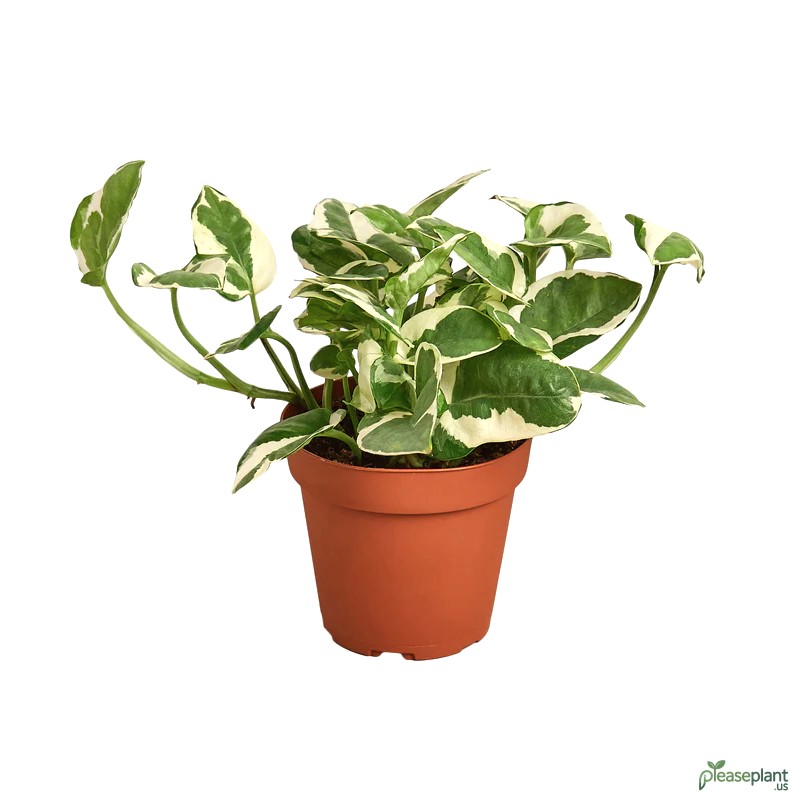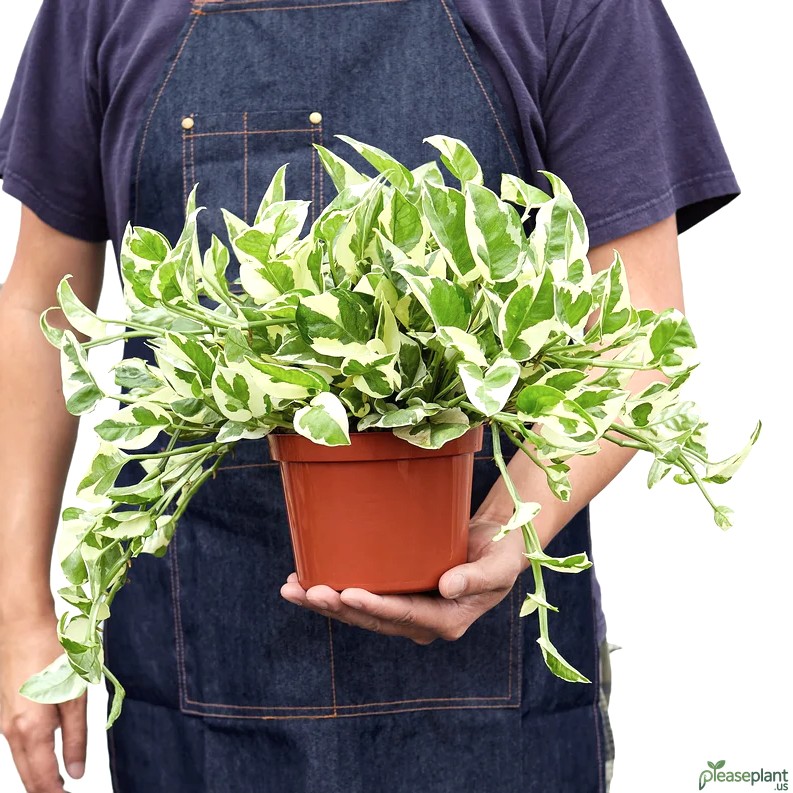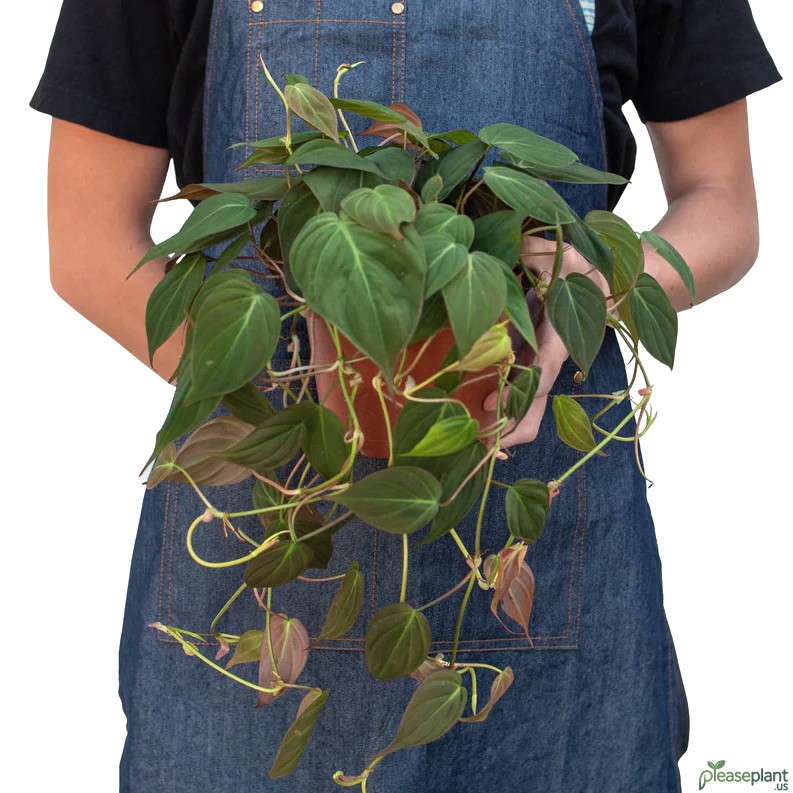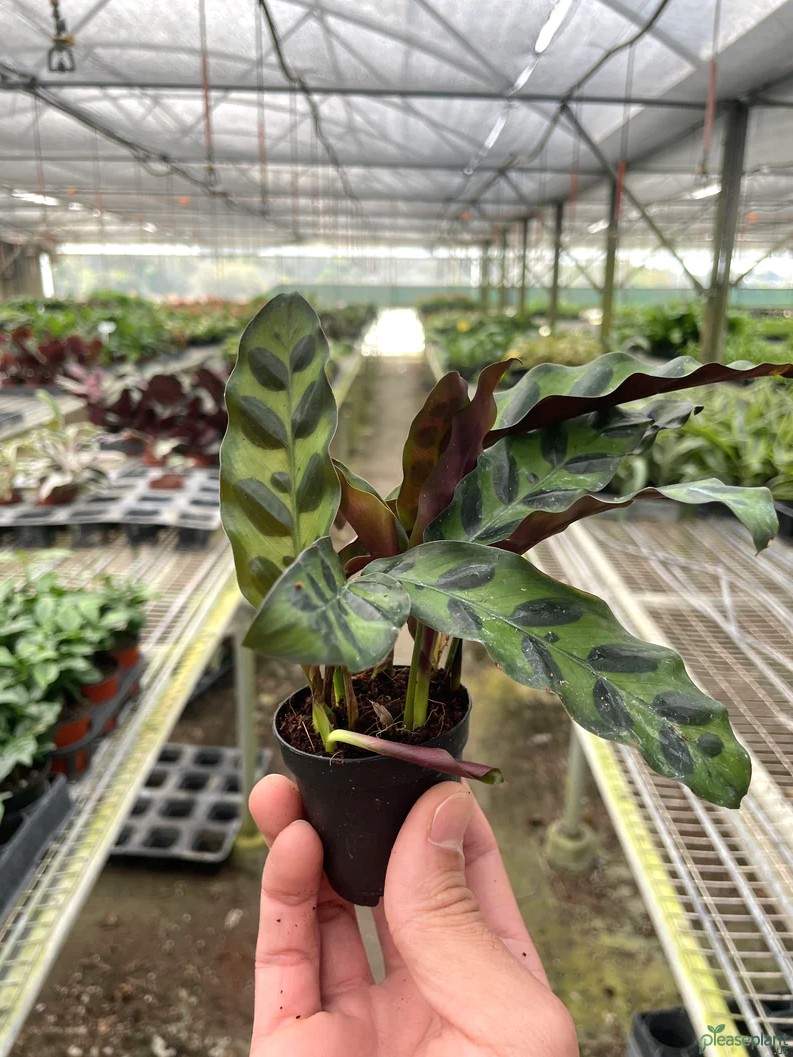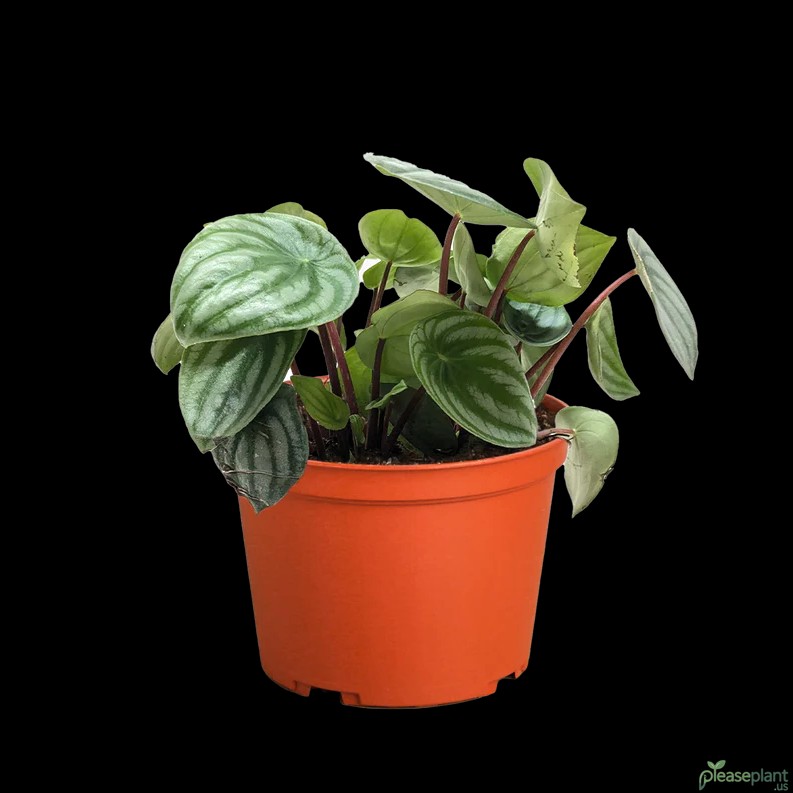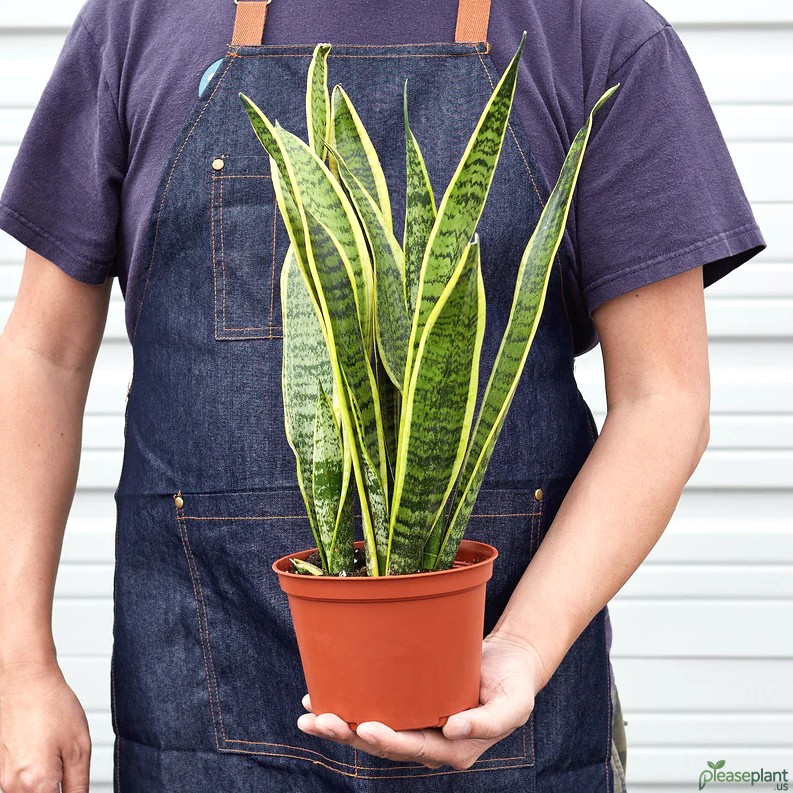If you’ve ever stumbled upon a Pothos N'joy - Babyplant, you know it’s not just any common houseplant. This variegated beauty brings a splash of life and a hint of mystery with its unique leaves and easy care. But what’s behind its scientific name? Let’s dive into the roots of this plant’s identity, uncover some quirky facts, and share my own experience growing it in a cozy apartment setting. Whether you’re new to plants or a seasoned green thumb, this guide will get you familiar with your new leafy friend.
Let me tell you about this leafy wonder
Ever caught yourself admiring a trailing vine with creamy white and green splashes on its leaves, wondering what magic it holds? That’s the Pothos N'joy - Babyplant, a variegated cultivar of the popular Epipremnum genus. Its scientific name is Epipremnum aureum ‘N’Joy’, and despite sounding like something straight out of a wizard’s potion book, it’s actually quite down-to-earth and easy to care for.
What’s in a name anyway? The science behind Pothos N'joy
First off, a quick correction – it’s not really a "Pothos" in the strict botanical sense, but people keep calling it that because of its close resemblance. The real genus is Epipremnum. The "N'Joy" bit refers to the cultivar, highlighting its playful variegation that makes it stand out among its green cousins. The scientific name perfectly captures its identity – "aureum" means golden, which nods to some of the yellow hues in the leaves, while "N'Joy" is just a cheeky way to say this plant brings joy.
Why should you care about the scientific name?
Knowing the scientific name isn’t just for plant nerds. It helps you understand where the plant comes from and how to care for it better. Epipremnum aureum ‘N’Joy’ hails from the tropical jungles of Southeast Asia, so it loves warm, humid spots – but don’t worry, it’s forgiving if you’re not an expert. Also, unlike its darker green relatives, this cultivar needs a little more light to keep its variegation popping; otherwise, the white patches might turn a sad yellow or brown.
Growing tips from someone who’s been there
I brought my first Pothos N'joy - Babyplant home about two years ago, thinking it was just another trailing vine. Boy, was I wrong! It quickly became my apartment’s star. A few things I learned the hard way:
- Light matters: Keep it in bright, indirect sunlight. Near a north-facing window works, but avoid direct sun which can scorch the leaves.
- Watering is an art: Let the top inch of soil dry out before watering again. overwatering" class="text-primary hover:underline">overwatering is the fastest way to kill this baby.
- Humidity helps: It’s tropical, remember? So misting or a spot near a humidifier works wonders.
Also, don’t freak out if you see some leaves turning yellow or dropping. It’s normal, especially when the plant is adjusting to a new home. Just trim those off and keep loving your plant.
Common hiccups and how to dodge them
No plant is perfect, and the Pothos N'joy is no exception. Watch out for:
- leaf burn: Usually from too much direct sun.
- Root rot: Often caused by soggy soil, so drainage is key.
- Pests: Mealybugs and spider mites sometimes pay a visit, but a quick wipe with neem oil or soapy water usually kicks them out.
Why it’s the perfect babyplant for beginners
This variegated beauty is a showstopper without demanding a green thumb. It’s forgiving, grows fast, and looks great hanging or climbing. Plus, it’s a fantastic air purifier, which means you’re not just decorating your home but also breathing a bit better. If you’re thinking about adding a touch of nature indoors without the stress, Pothos N'joy is your go-to.
So next time you see those splotchy leaves, remember there’s more to this plant than meets the eye – a little scientific magic mixed with a lot of heart.

